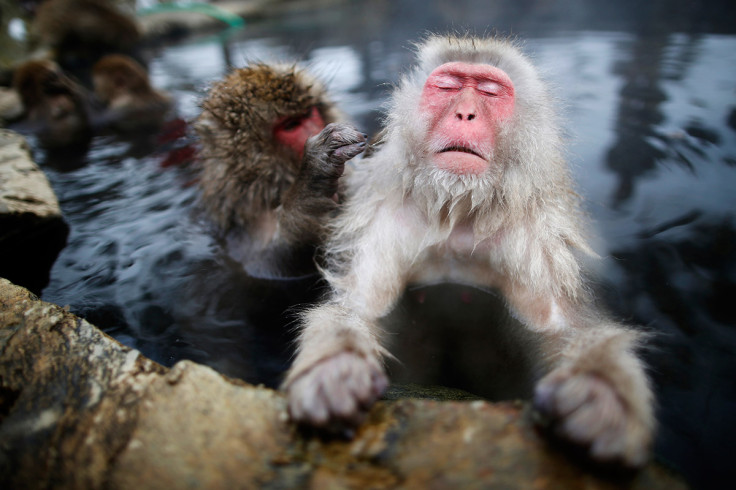Humans Learned to Talk by Copying Birds and Monkeys, Linguists Claim

Humans learned to talk to one another by copying birds and other primates sometime in the last 100,000 years, experts have said.
Linguists from MIT suggest that human communication could have evolved from older systems used by birds and primates.
Previous research has found that humans derive the melodic part of language from birds. However, the authors also say we evolved our pragmatic content-carrying part of speech from other primates.
Linguist Shigeru Miyagawa said: "How did human language arise? It's far enough in the past that we can't just go back and figure it out directly. The best we can do is come up with a theory that is broadly compatible with what we know about human language and other similar systems in nature."
It is thought human language is unique because it allows for infinite set of new meanings. However, after analysing some qualities of human language, the researchers found we share some of the finite qualities of other animals, suggesting our language is much more similar to other animals than previously believed.
"Yes, human language is unique, but if you take it apart in the right way, the two parts we identify are in fact of a finite state," Miyagawa said. "Those two components have antecedents in the animal world. According to our hypothesis, they came together uniquely in human language."
Published in Frontiers in Psychology, the researchers built on previous research that links birdsongs to human speech. They noted, however, that birds only have a limited number of melodies so the development of speech must incorporate another aspect from nature – specifically primates.
"You have these two pieces," said co-author Robert Berwick. "You put them together and something novel emerges. We can't go back with a time machine and see what happened, but we think that's the basic story we're seeing with language."
© Copyright IBTimes 2025. All rights reserved.






















